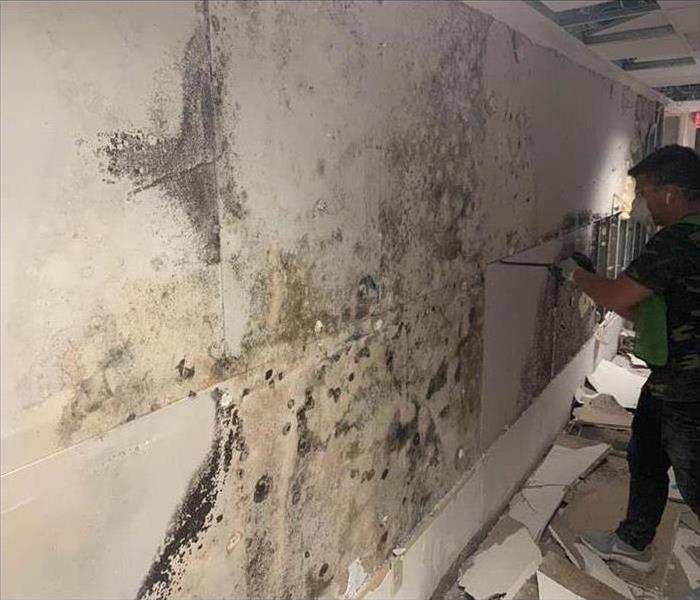3 Ways Pretesting Can Help Keep Insurance Claims Down
6/14/2022 (Permalink)
Three Ways Pretesting Can Help the Cost of Claims Down
When a SERVPRO team responds to an emergency at a business in Fleming Island, FL, they take many steps before cleanup and restoration can begin. While many business owners just want to get back to normal as quickly as possible, it's vital for the team to pretest the water. Here are three ways that pretesting can help keep the cost of claims down.
1. Identify the Source of the Problem
Before you file an insurance claim, it's critical to have all the information. While you may look at the damage to your retail space and your products, the commercial restoration company needs to identify the source of the flood. When the team finds the source of the flood first, the restoration process can go more smoothly because there won't be costly surprises later that your insurance provider may decline to cover.
2. Use Pretesting to Determine Contamination
When a flood occurs, there are three different categories of water. The more contaminated the water, the more extensive and expensive the cleanup and restoration process. When the SERVPRO team tests the water upon arrival, they will use the information to formulate a cleanup and repair strategy. The SERVPRO team will share this information with you and your insurance provider to keep everyone on the same page regarding the anticipated costs and time frame for restoration.
3. Inspect for Secondary Damage
Your insurance agent will need to know about all repairs that need to be done, including secondary damages. Secondary damage occurs after the actual flood. For example, a computer that is destroyed due to water damage is a primary damage. However, mold that grows in a wall due to water intrusion during the flood and causes structural problems is secondary damage. A SERVPRO team can use specialized equipment to test for dampness behind walls to determine the risk of secondary damage.
While it may seem like a delay at the start, pretesting can help keep the cost of insurance claims down by providing a comprehensive assessment of damages and helping to prevent secondary issues.






 24/7 Emergency Service
24/7 Emergency Service
